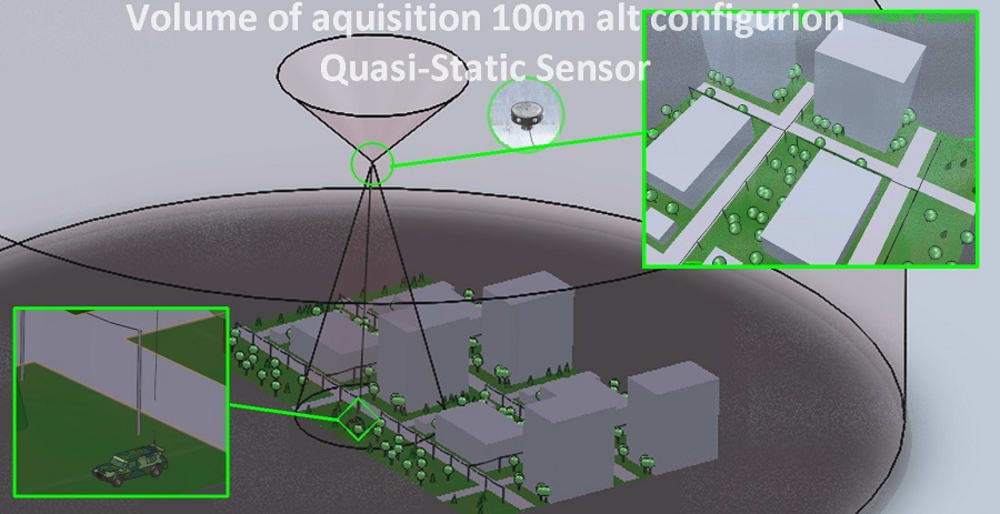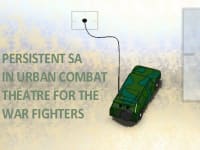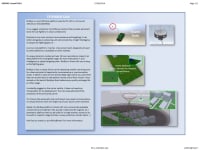Drones are bringing Intelligence and Situation Awareness (ISA) on the battlefield. Power generation and weight are two variables that restrict their persistence and push them off-range from the war fighters.
Today, small drones capable of providing platoon commanders with a high level of SA are the point of focus of numerous cumbersome designs. Most are concepts adapted from the RC industry.
We, at SRDFMC Conseil, believe that this is the wrong strategy. Power density prevents that approach from being successful before long and most of the needs still remains at close range, at the immediate proximity of the soldiers, where time and image compression are sensitive. Beyond that close proximity of ISA bubble, more capable platforms fulfillsthe needs.
By removing the power generation from the UAV and connecting it via a Tether to the internal combustion engine of a towing vehicle, we have successfully removed the strain of carrying a power generation system. The gains in weight, complexity and voltage capacity drastically increase the capabilities of the system where it matters: simplicity, precision, Field of View (FoV), image compression, real time and jamming resistance.
A Tethered UAV (TUAV) is then the most simple answer to the needs of the war fighters at close range : it is rugged, stays overhead, is persistent, has a 360 permanent FoV and its sensors are vastly more capable than what is achievable with a light drone at a fraction of the cost.
By providing redundancy in the control modes (direct control via tensioning and classic aerodynamics), a TUAV is more survivable and can sustain more damage than its counterpart. Our concept has a 40g descent and 20g ascent capability for example.
A fast spinning reel (removable) driven electrically and mounted on the towing vehicle control the tension in the tether. Claws mounted on the TUAV provide yaw and pitch authority. A contra-rotating propeller driven by two identical engines provides lift with enough redundancy to sustain an electrical malfunction and augment service life. A movable boom mounted on a pivot controls the fast reaction of the system. A docking station (removable) on the roof of the vehicle ensure the quick launching and retrieving of the system.
By constantly oscillating around its position, a TUAV is a difficult object to target for the opposing force and builds a 3D 360° imagery of the near battlefield.
Being massively deployed and centric connected , an advancing force equipped with TUAV will build quickly an overlapping image of the near battlefield. No more live-feed shutdown shadow masking.
Additionally, the TUAV can deliver a swarm of exploring Mini-Drones to a point of insertion and retrieve it automatically. A charging mode has been also conceptualized.
Structural material may includes HSS (outer-ring), extruded aluminium (internal structure), High MPa gluing. Its weight stays minimal (around 5kg) for quick turnaround and ease of manipulation in rough conditions.
Video
Like this entry?
-
About the Entrant
- Name:Serge Rocha Da Fonseca
- Type of entry:individual
- Software used for this entry:Solidworks Simulation Professional
- Patent status:pending








